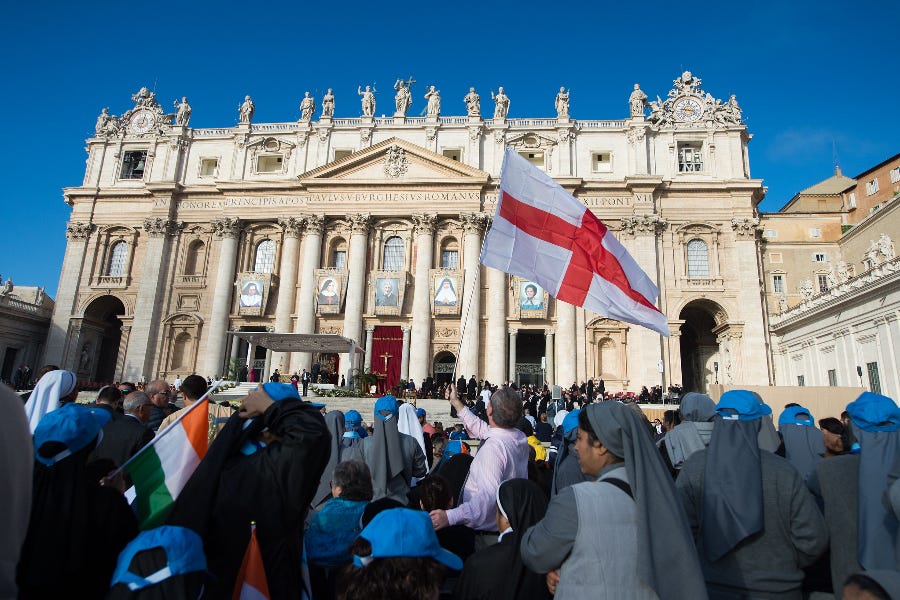
On Aug. 27, Cardinal-designate Arthur Roche will kneel before Pope Francis in St. Peter’s Basilica. The pope will place a red biretta on the Vatican liturgy chief’s head.
It will be a significant moment not only for the Yorkshire-born offi…

On Aug. 27, Cardinal-designate Arthur Roche will kneel before Pope Francis in St. Peter’s Basilica. The pope will place a red biretta on the Vatican liturgy chief’s head.
It will be a significant moment not only for the Yorkshire-born offi…